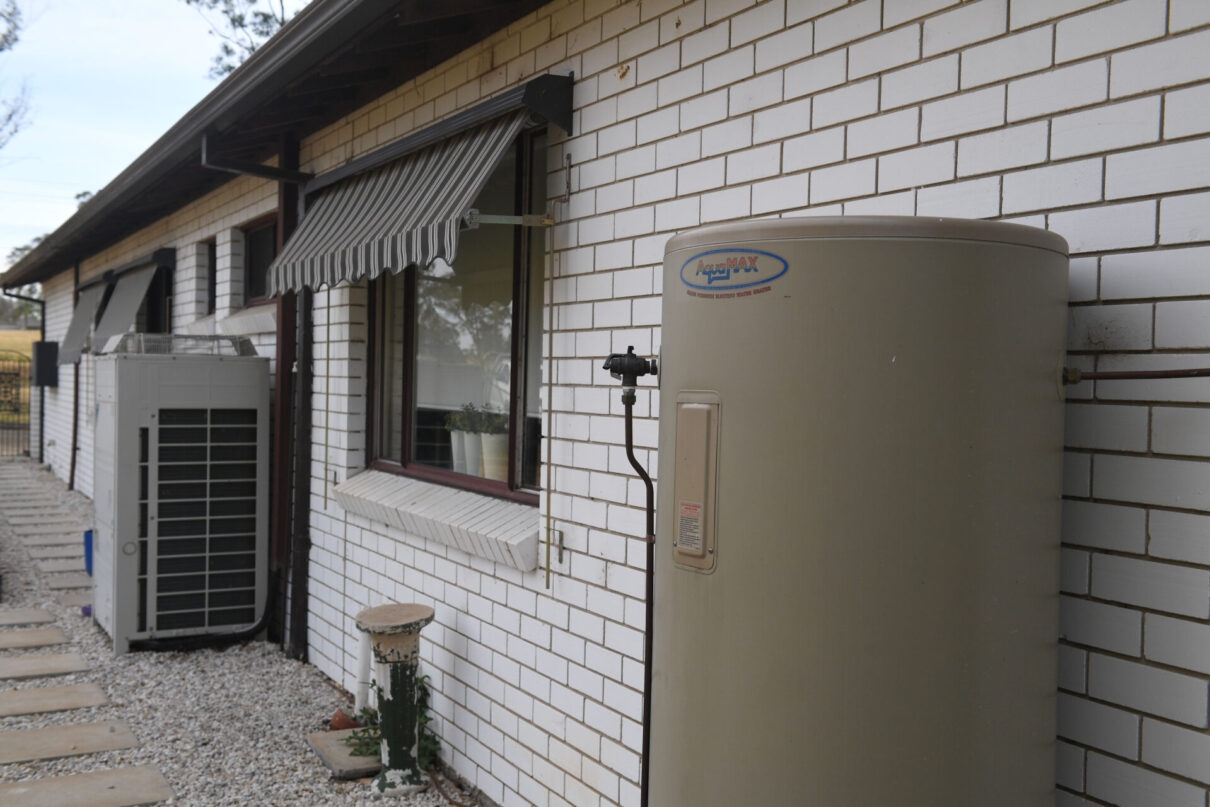Off-Peak Hot Water: One Simple Change to Support Renewable Rollout

Australia’s off-peak hot water systems should be reconfigured to consume electricity in the middle of the day, rather than at night, according to new research from the Australia Institute and Buildings Alive.
This one simple change could redirect much of the clean, cheap renewable energy that is currently being wasted, or “curtailed”, by the National Energy Market during the day.
Key Findings:
- Annual forced curtailment for 2023-24 was around 4,000 gigawatt-hours (GWh).
- This represents around 9.3% of Australia’s total generation from wind and utility solar.
- Historically, Off-peak hot water systems have been set to operate at night, but they could be reconfigured to consume electricity during the middle of the day, when there is an abundant supply of renewable electricity.
- Switching off-peak hot water to the middle of the day could provide around 4,000 GWh of flexible demand, almost the exact current level of renewable curtailment.
- This could save up to $6 billion in household electricity and energy costs by 2040.
“The fact that we in Australia choose to waste cheap and clean renewable energy on a regular basis is absurd,” said Dr Richard Denniss, Executive Director at the Australia Institute.
“While the persistent claims of a looming energy crisis and gas shortage ring out across the country, we are turning our back on nearly 10% of the current renewable capacity in our grid.
“The time for inflexible, expensive and polluting electricity from fossil fuels has come and gone. It is now up to the Federal Government to make the necessary changes that will allow Australians to properly access clean, cheap renewable energy.
“If off-peak hours were moved away from the time of day dominated by coal-fired electricity and towards the time of day when the sun is shining brightest, households would save money and we would reduce emissions.”
“This is the low hanging fruit of the energy transition,” said Dr Craig Roussac, Chief Executive Officer at Buildings Alive.
“There are significant gains to be made from this one relatively simple and cost-effective intervention in our energy market.
“While the problems faced by the electricity system of the 2020s are different to those faced in the 1950s, off-peak hot water systems could again play an important role in reducing costs for consumers and increasing efficiency.
“There are so many untapped and cost-effective technologies that can shift electrical loads to support the clean energy transition and domestic hot water is one of the most obvious.
“State and Federal Governments across Australia should harness this opportunity now, so that future pressures on the grid can be eased and Australians can get access to abundant, clean, and cheaper energy in their homes.”
General Enquiries
Media Enquiries
Glenn Connley Senior Media Adviser